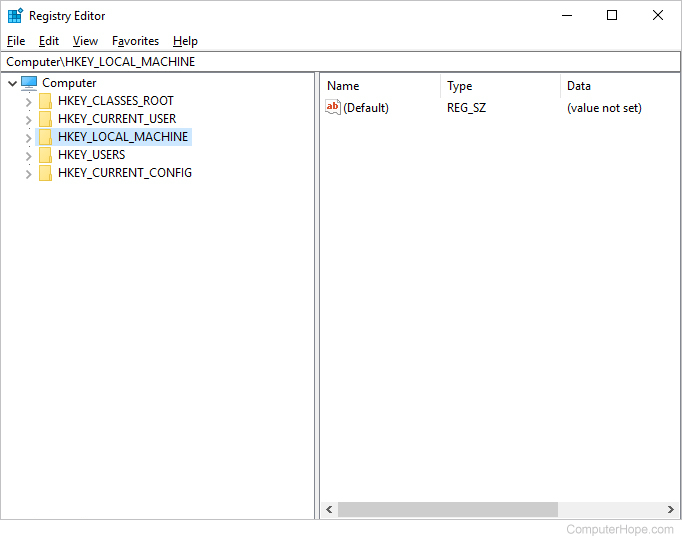Resolving Audio Issues on an HP Laptop in Windows
It’s a perfect afternoon, ideal for catching up on your favorite movies or music, only to discover that the audio on your HP laptop has ceased to function. This can be exasperating, to say the least.
But fret not; if you’re facing such sound glitches, our guide provides a detailed walkthrough on rectifying these concerns, ensuring your HP laptop in Windows delivers impeccable sound quality.
Addressing Audio Concerns via Windows Configurations
1.1 Inspect the Volume Indicator
There are instances where the sound might have been inadvertently silenced on your HP device. Look for the volume indicator on the taskbar’s bottom right. Ensure that the speaker symbol isn’t crossed out. Engage with this icon to see the current loudness level. Adjust the loudness as required to see if this brings back the sound.
1.2 Verify the Default Device Status
Possible configuration glitches might lead to sound disruptions. To address this:
- Initiate the Control Panel and opt for “Hardware and Sound”;
- Within this section, select “Manage audio devices” located under the Sound category.
A new interface will emerge. Under the Playback tab, determine if your speaker or output device is highlighted with a green checkmark, indicating it’s set to default. If not, choose the relevant device and designate it as the default.
1.3 Alter the Format
At times, using an inappropriate format might be the root of the problem. To amend this:
- Within the Sound interface mentioned earlier, opt for “Properties”;
- Transition to the “Advanced” segment and modify the rate in the “Default Format” domain. Use the “Test” feature to see if this modification restores the audio on your device.
1.4 Inspect Startup Configuration
If the service isn’t configured to launch automatically upon starting your HP device, this could be the culprit:
- Use the Windows key + R combination to invoke the “Run” dialogue. Input “services.msc” and press Enter;
- Within the ensuing Services interface, locate “Windows Audio”. Access its properties and ensure its startup configuration is set to “Automatic”.
Leverage the Windows Troubleshooter for Sound Glitches
To employ Windows’ built-in diagnostic tool:
- Access the Start menu, proceed to “Settings”, and then select “System”;
- Within this window, opt for the Sound category and engage the “Troubleshoot” button.
Rectifying Concerns via Driver Update
- There are situations where a system update on an HP device introduces the issues, often due to driver misalignment:
- Right-click on “This PC” and access “Properties”. Navigate to “Device Manager” and under the “Sound, video and game controllers” section, you’ll find the list of installed devices;
- Engage with the relevant device and choose the “Update driver” option.
Depending on your preference, opt to automatically search for updated drivers or manually source them.
For adept users wanting to manually find a compatible driver:
- Use Windows Key + R, input “dxdiag”, and proceed;
- The “DirectX Diagnostic Tool” will appear. The “Sound” tab will furnish details on the default device for your device.
Refreshing the Driver
If your installed audio driver appears to be updated, consider a reinstallation:
- Access “Device Manager” from “Properties” after right-clicking “This PC”. Within the “Sound, video, and game controllers” section, engage with your device, choosing the “Uninstall device” option;
- Ensure you check the “Delete the driver software” box before confirming;
- Restart your HP device, allowing Windows to autonomously fetch and install the required driver.
If you observe a yellow caution symbol next to your device, it signifies the need for an updated driver from the maker’s portal. As a handy tip, consider utilizing HP Support Assistant and its Audio Check tool to pinpoint and address the issue.

Conclusion
Tackling audio disruptions on your HP laptop need not be an arduous task. With the aforementioned strategies, you can efficiently diagnose and rectify such concerns, ensuring an optimal auditory experience.
Always remember to keep your drivers updated and routinely check your settings to preempt potential issues.


